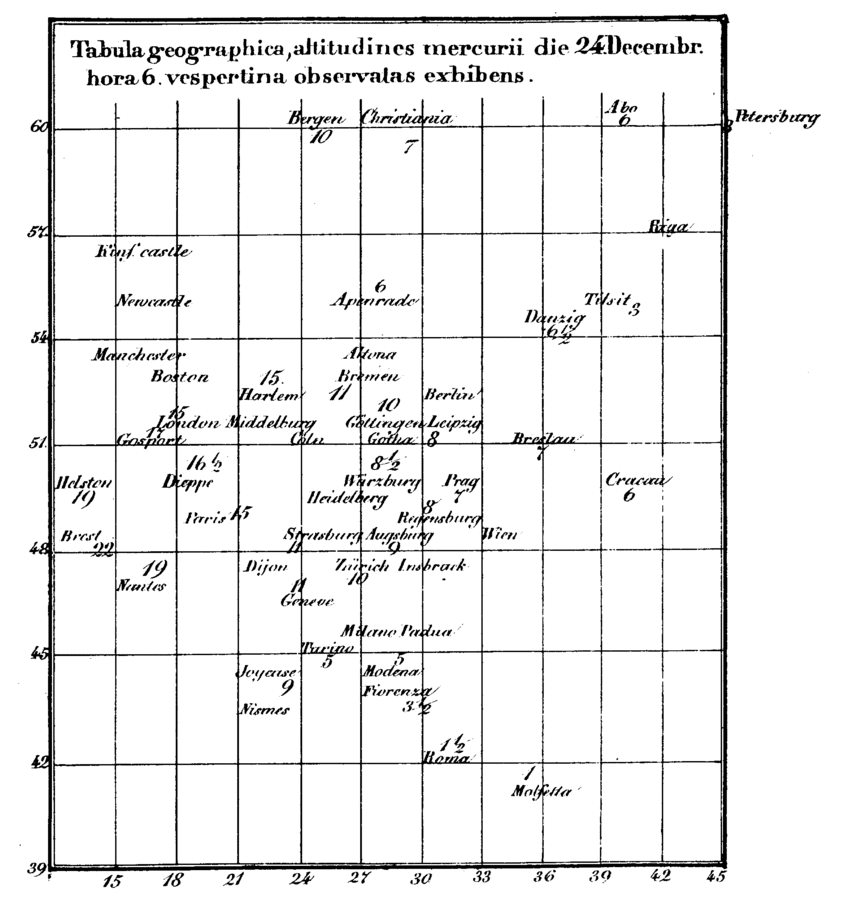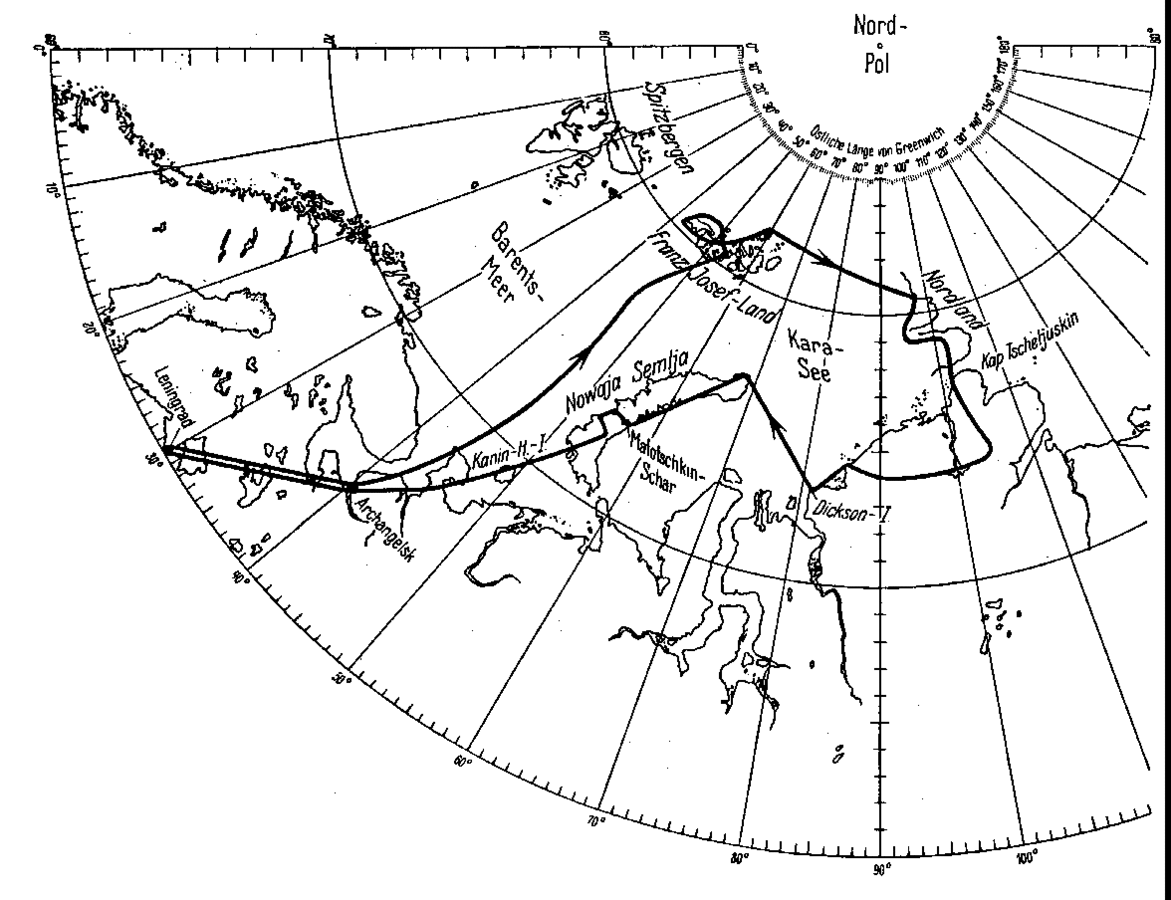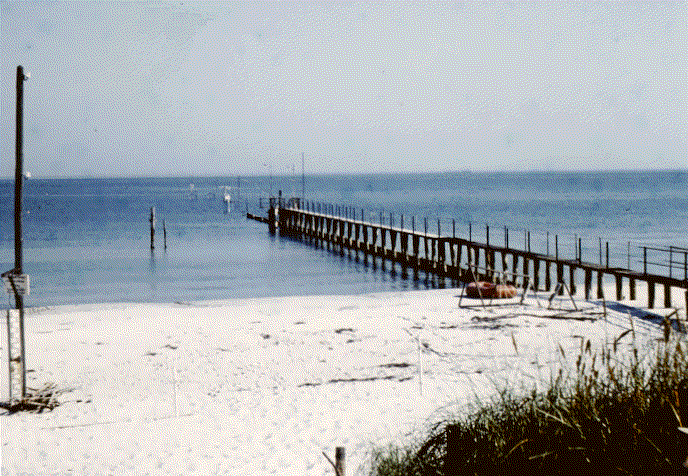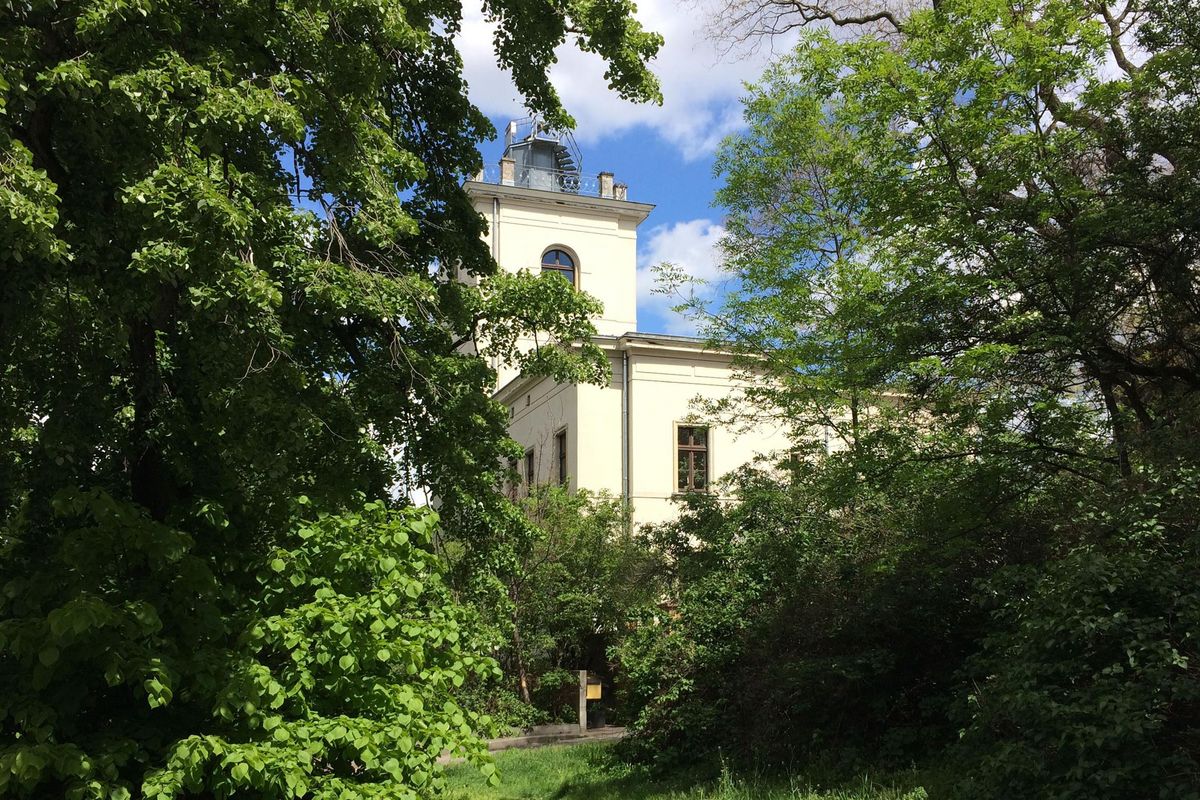Meteorological research in Leipzig can be traced back almost five centuries. Weather records with simple instruments defined research in the 17th and 18th centuries. At the start of the 19th century, scientific depictions became the research focus, which continues today at the Leipzig Institute of Meteorology.
Meteorological Research in Leipzig
The subject of meteorology did not initially have its own chair at the University of Leipzig. Meteorological research was conducted as interdisciplinary work in the mineralogy, astronomy, physics and geophysics departments. With the founding of the Geophysical Institute on 1 January 1913, the first institute in Germany for atmospheric physics was established, and meteorological research was thematically located in the Geophysical Institute. In contrast to the statistical method used in the past, weather forecasts were now compiled with the application of theoretical thermodynamics and hydrodynamics. In the 1920s and 1930s, the Geophysical Institute and the associated meteorology experienced a heyday in Leipzig. The subject became known to the public through participation in spectacular research expeditions, for example to the Arctic.
After the end of the Second World War, the Geophysical Institute was rebuilt. At that time, research focussed on the study of the high atmosphere and geophysics, which was considered to be the physics of all three spheres of the earth. The university reform of 1969 led to the closure of the Geophysical Institute and the transfer of the institute and most of its staff to the Humboldt University in Berlin. Meteorological research at the University of Leipzig remained restricted to the study of atmospheric environmental problems and the continuation of research work at the Collm and Zingst observatories.
With the founding of an autonomous Institute for Meteorology at the Faculty of Physics and Earth Sciences in 1992, meteorologist training and meteorological research were re-established in Leipzig. After 1992, several working groups from the Leipzig Institute for Meteorology began to research topical meteorological and climatological problems, mainly with financial support from the German Research Foundation, the Federal Ministry of Education and Research, the European Union and other third-party donors. With the establishment of the SFB Collaborative Research Centre/Transregio TR 172 "Arctic Amplification: Climate relevant atmospheric and surface processes, and feedback mechanisms" and the priority programme SPP 1294: "Atmospheric and Earth System Research with HALO", the Leipzig Institute for Meteorology is currently one of the most renowned meteorological research institutions in Germany. Construction of a new building for the institute began in 2020. On 05.05.2023, Finance Minister Hartmut Vorjohann officially hands over the new research building to the University's Rector, Prof. Dr Eva Inés Obergfell.
Meteorological Research at a Glance
- 1507
Edition of Virgil Wellendarffer's Decalogium - the first meteorological teaching book in Leipzig. - Beginning of the 19th century
First synoptic weather charts by Heinrich Wilhelm Brandes (1777 - 1834) - 1860
Construction of the new university observatory at Stephanstraße 3 - 1863
Establishment of the Saxon meteorological observation network - 1878
Establishment of an office for weather forecasts in Leipzig's city centre - January 1913
Foundation of the Geophysical Institute - 1931
Polar voyage of the airship LZ127 ("Graf Zeppelin") under the meteorological direction of Leipzig professor Ludwig Weickmann (1882 - 1961) - 1932
Opening of the Collm Geophysical Observatory - 1956
Start of research of the high atmosphere at the Collm Geophysical Observatory - 1957
Opening of the Maritime Observatory in Zingst by Karl Schneider-Carius (1896 - 1959) to realise the founding idea of the Geophysical Institute to research geophysics as the physics of all three spheres of the earth. - Mid-60s
Hans Koch and Sigurd Schienbein establish the "Industrial Meteorology" department. - 1969
Dissolution of the Geophysical Institute in the context of the Third Higher Education Reform of the GDR - 1974
Establishment of an "urban observatory" on top of the university skyscraper to study anomalies in the radiation and heat balance of an urban atmospheric boundary layer - 1992
Foundation of the Institute for Tropospheric Research e.V. (1992) under the direction of Peter Warneck and later Jost Heintzenberg - 1993
Foundation of the Institute for Meteorology at the University of Leipzig under the direction of Gert Tetzlaff with headquarters at Stephanstraße 3 - 1994
Launch of the diploma course in meteorology - 2006
Launch of the Bachelor's degree programme in Meteorology - 2008
Launch of the Master's degree programme in Meteorology - 2016
Establishment of the SFB Collaborative Research Centre/Transregio TR 172 "Arctic Amplification: Climate relevant atmospheric and surface processes, and feedback mechanisms" and the Priority Programme SPP 1294: "Atmospheric and Earth System Research with HALO". - 2023
Official handover of the new research building by Finance Minister Hartmut Vorjohann to the University's Rector, Prof. Dr Eva Inés Obergfell.
Sources:
Michael Börngen, Geschichte der Meteorologischen Forschung in Leipzig
Werner Ehrmann and Manfred Wendisch (Hg), Geophysics and Meteorology at the University of Leipzig, Universitäts-Verlag, 2013



